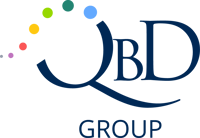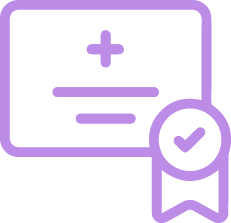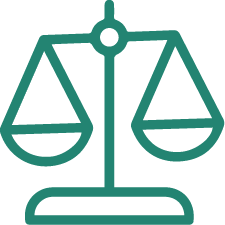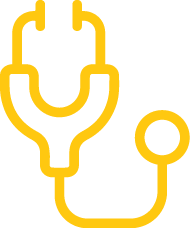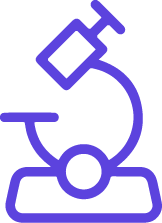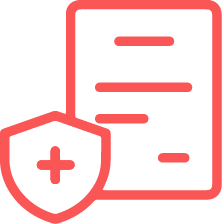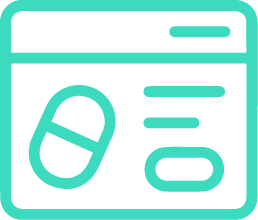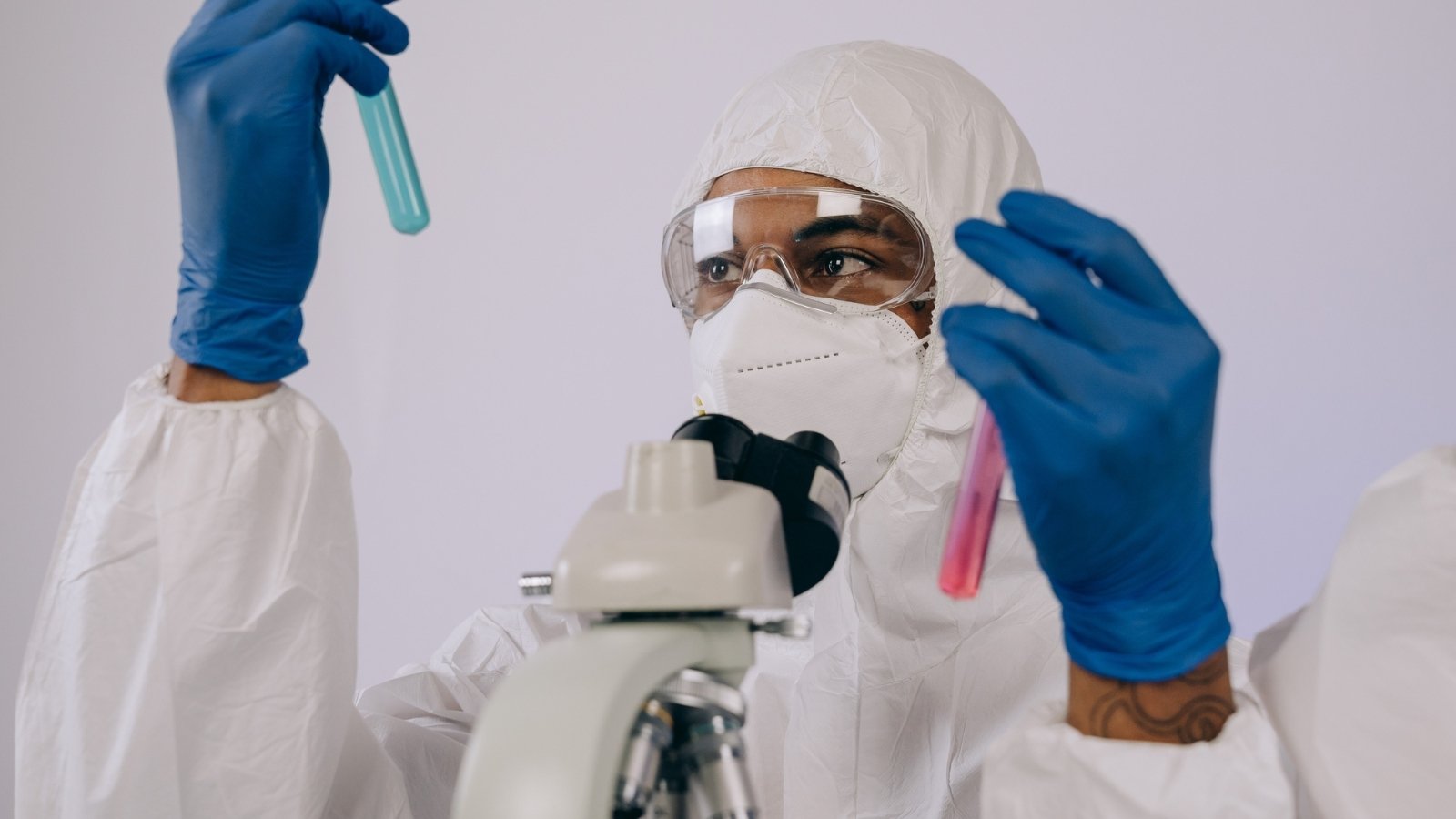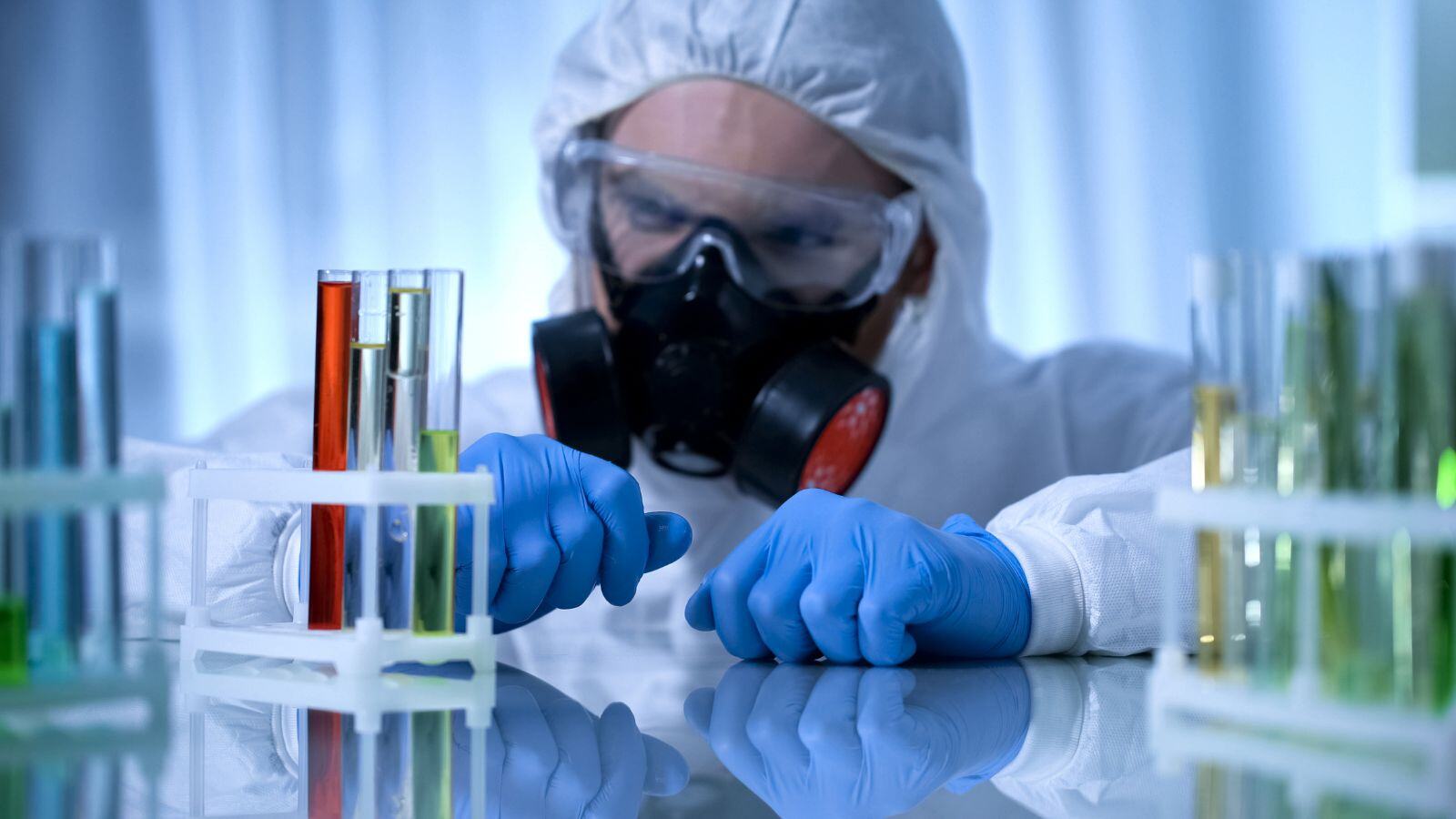Ensuring the safety and efficacy of pharmaceutical products involves more than just the active ingredients. The materials used in packaging and delivery systems can also impact patient safety. This blog post explores the process of toxicological assessment of Extractables and Leachables (E&L), highlighting the importance of evaluating these substances to maintain product integrity.
Understanding Extractables and Leachables
Extractables are chemical substances released from packaging materials or medical devices when subjected to extreme conditions such as high temperatures, prolonged exposure times, or the presence of organic solvents with varying polarities.
Conversely, leachables are substances that leach into the environment where the pharmaceutical product is located under normal production and storage conditions.
Importance of Evaluating Packaging Interactions
Packaging that comes into contact with pharmaceutical products is made from materials that may interact with the product itself. These interactions can occur during production or storage. To ensure consumer safety, expert toxicologists must evaluate these materials.
Harmonizing International Guideline: ICHQ3E
In August 2025, the International Council for Harmonisation (ICH) advanced the long-anticipated Guideline for Extractables and Leachables (Q3E) to Step 2b, marking the start of the global public consultation phase. This milestone represents a decisive move toward harmonizing international requirements for the assessment and control of leachables in pharmaceuticals—addressing a long-standing regulatory gap that has historically caused variability and ambiguity across regions.
Q3E represents a paradigm shift: transitioning E&L control from a fragmented, product-specific exercise to a globally harmonized, science-based, and lifecycle-oriented process. For companies, it is both a compliance imperative and a strategic opportunity to enhance efficiency, strengthen regulatory confidence, and ultimately improve patient safety.
Stakeholders are encouraged to review and comment on the public draft before the consultation period closes at the end of 2025. With final adoption expected after 2027, organizations should begin aligning internal SOPs, vendor qualification programs, and risk assessment methodologies with Q3E principles. Early engagement with the technical annexes will help accelerate study design, supplier negotiations, and toxicological evaluations.
Current Regulatory Framework for E&L
While awaiting the full adoption of ICH Q3E as the global standard for Extractables and Leachables, the applicable regulatory framework currently includes the following:
- Q3D (R2) – Guideline on Elemental Impurities (2022)
- EMEA Guideline on Immediate Packaging Material Made of Plastic (2005)
- FDA Guidance for Industry: Container Closure Systems for Packaging Human Drugs and Biologics (1999)
- ICH M7 (R2): Assessment and Control of Reactive (Mutagenic) Impurities in Pharmaceuticals to Limit Potential Carcinogenic Risk (2015)
- ICH Q3A (R2): Impurities in New Drugs (2006)
- Safety Thresholds and Best Practices for Extractables and Leachables in Inhaled, Oral, and Nasal Pharmaceutical Products (2006)
- Safety Thresholds and Demonstrated Best Practices for Extractables and Leachables in Parenteral Pharmaceutical Products (2021)
- Overview of Thresholds and Best Practices for Extractables and Leachables (2017)
- USP Pharmacopeia <1661>, <1663>, and <1664>
Analytical Techniques for Determining E&L
To determine and quantify extractables and leachables, primary packaging is subjected to more extreme conditions than those typically encountered during standard pharmaceutical processes. This is done to identify as many extractables as possible that could potentially become leachables.
The analytical techniques required are subject to Quality Assurance procedures according to the ISO 17025 standard in use at the laboratory and include the following:
-
Analysis of Volatile Compounds (VOC): Gas Chromatography-Mass Spectrometry (HS-GC/MS)
-
Analysis of Semi-Volatile Compounds (SVOC): Gas Chromatography-Mass Spectrometry (GC/MS)
-
Analysis of Non-Volatile Compounds (NVOC): Ultra-High Performance Liquid Chromatography coupled with High-Resolution Mass Spectrometry for the determination of non-volatile organic compounds (HPLC/HR-MS Q-Orbitrap)
-
Analysis of Elemental Impurities (EI): Inductively Coupled Plasma Mass Spectrometry (ICP-MS)
Calculating the Analytical Evaluation Threshold (AET) and Safety Concern Threshold (SCT)
Through these analyses, impurities are identified and quantified, allowing for the calculation of the Analytical Evaluation Threshold (AET), which defines the limit above which extractable or leachable impurities must be identified and considered for toxicological review.
For the calculation of this threshold, a standard safety toxicological value is used, known as the Safety Concern Threshold (SCT, 0.15 μg/day), always relating it to the material or device and the product dosage.
QbD Group’s Tailored Toxicological Assessments
QbD Group tailors each toxicological assessment to your specific needs, ensuring compliance with regulatory entities. Additionally, we address any issues that may arise during the evaluation, as well as any potential lack of information for its drafting through our monitoring study service.
We offer the necessary techniques, contacts, follow-up, and management of samples from the time they arrive at the laboratory until the final laboratory report is delivered, which can ultimately be used for the toxicological assessment.
If you have any questions or need further information about our services, please do not hesitate to reach out to us. We are here to assist you in ensuring the highest standards of safety and quality for your products.
